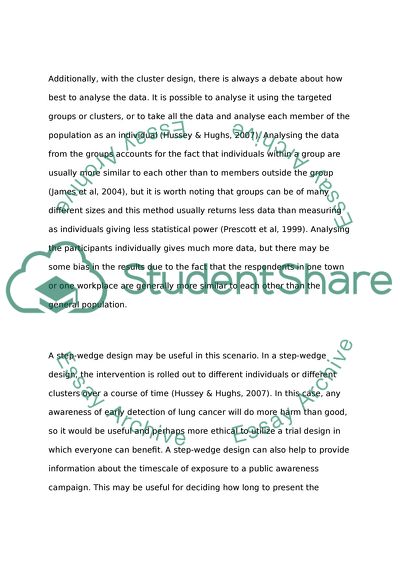Cite this document
(“Randomised Controlled trials Essay Example | Topics and Well Written Essays - 3000 words”, n.d.)
Retrieved from https://studentshare.org/health-sciences-medicine/1399523-randomised-controlled-trials
Retrieved from https://studentshare.org/health-sciences-medicine/1399523-randomised-controlled-trials
(Randomised Controlled Trials Essay Example | Topics and Well Written Essays - 3000 Words)
https://studentshare.org/health-sciences-medicine/1399523-randomised-controlled-trials.
https://studentshare.org/health-sciences-medicine/1399523-randomised-controlled-trials.
“Randomised Controlled Trials Essay Example | Topics and Well Written Essays - 3000 Words”, n.d. https://studentshare.org/health-sciences-medicine/1399523-randomised-controlled-trials.


